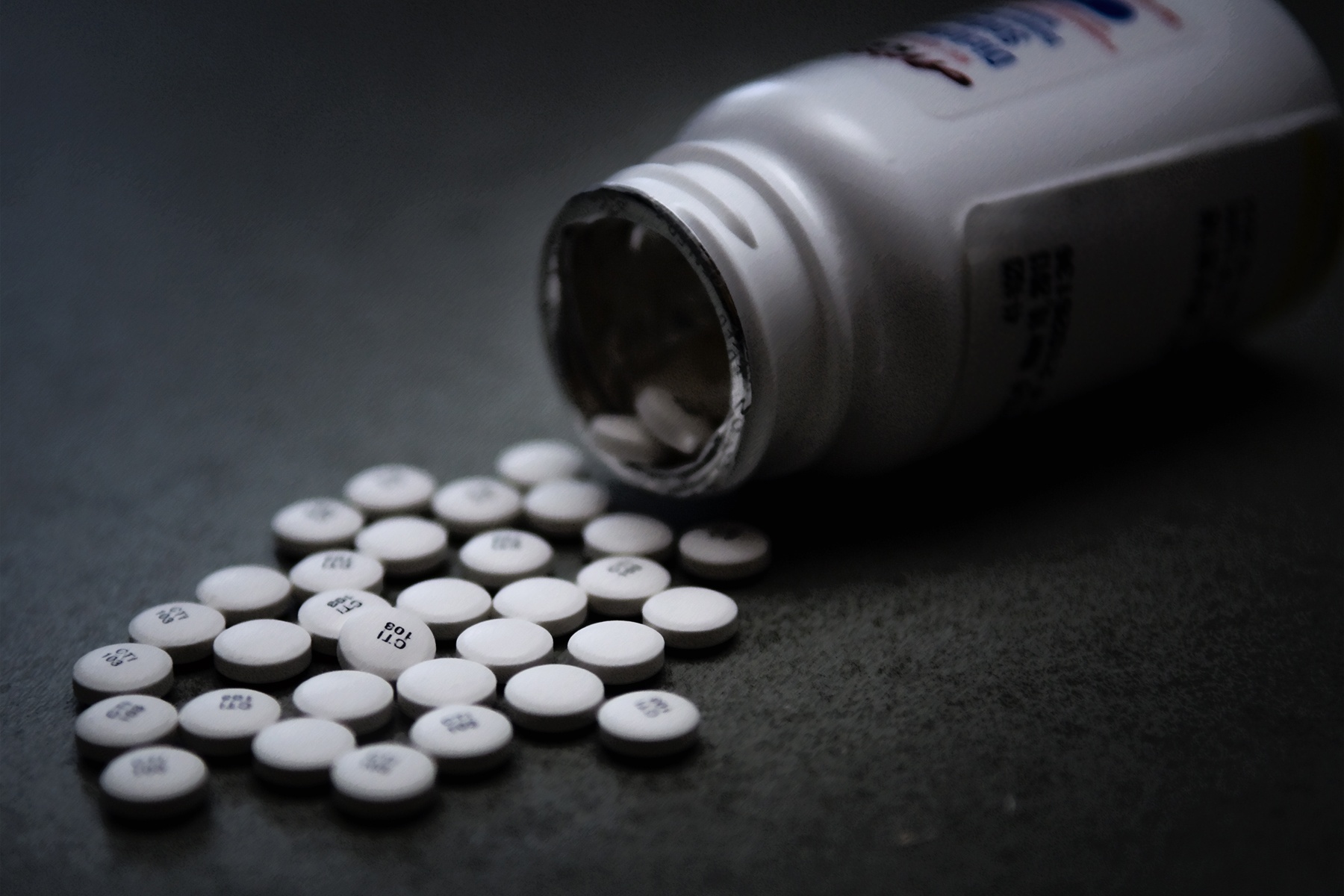A New York Times piece has revealed that eighty per cent of the two million people struggling with opioid addiction in the US are unable to access the medications they need. Public health predicts that, in the next ten years, opioid misuse will claim another 500,000 lives. Healthcare has always been somewhat of a controversial topic in the United States, given its staggering cost for patients: the average American spends over $10,000 a year on hospital visits, according to data from the Centers for Medicare and Medicaid Services. However, more importantly, this alarming figure of opioid addicts is a huge cause for concern: why are healthcare authorities blatantly neglecting these patients’ access to the medication they so desperately need, and how did this even happen in the first place?
The US opioid crisis is undeniably awful, and the number of sufferers is growing every year. More than 115 people die in the United States every day from opioid overdose. As well as this, according to the Centers for Disease Control and Prevention, the opioid crisis costs an estimated $78.5 billion US dollars a year.
The reason for this crisis goes back to the mid-1990s, when pharmaceutical companies in the US started prescribing opioid pain relievers, all the while claiming that patients would not become addicted. As this was popular belief, medical practitioners began prescribing them at an increasing rate. Hence the crisis ensued, as, unfortunately, before it was found that such prescription drugs could potentially be highly addictive and fatal, they had been abused by millions of patients for years.
Of course, this was clearly a very honest, but serious mistake – at first. Scientific advancements have occurred at such a fast pace, especially within the last twenty years, that it is understandable for medications like these which were deemed safe to be proven otherwise. However, what is not acceptable is the clear ethical breach on the part of both health care providers and the criminal justice system by not giving patients the necessary medication to combat their opioid addiction, as the New York Times article highlights. The three medications approved by the Food and Drug Administration – methadone, buprenorphine and naltrexone – are rarely all available in emergency rooms, and many drug courts and residential treatment programs in the US do not allow participants to take them. This is in spite of many studies having shown that taking one of these medications halves the risk of someone dying from their opioid addiction.
So, what does this say about the US healthcare system? To me, it sends a very clear message that health and legal authorities quite simply don’t care that people are dying from a problem that they have caused. Why should vulnerable people have to die – let alone suffer the consequences – from an issue which could easily be solved if proper education and legislation was put in place? From one of the most developed countries in the world, this is unacceptable.
This is yet another example of how those in privileged circumstances neglect the needs of the less fortunate. Let’s just hope it doesn’t take another 500,000 people to lose their lives before the US healthcare system takes decisive action to help them.
Michael Turnbull
Image: Air Force Medical Service.

